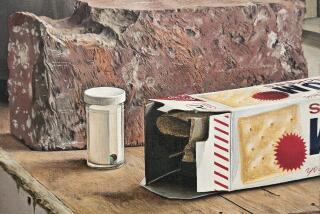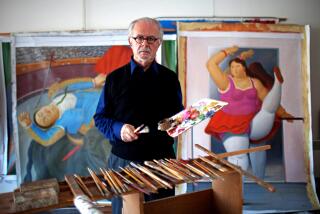Newsletter: Essential Arts: Spanish art at the San Diego Museum of Art is looking golden
A little bit of the Spanish Golden Age and a lot of Robert Mueller. I’m Carolina A. Miranda, staff writer at the Los Angeles Times, with the week’s essential art news and LSD comics:
Golden paintings
Times art critic Christopher Knight says that any number of paintings in an exhibition devoted to the Spanish Golden Age at the San Diego Museum of Art make the show worth the drive — including works by Esteban Murillo, Miguel Cabrera and Francisco de Zurbarán. But it’s three paintings by Diego Rodríguez de Silva y Velázquez that steal the show. This includes his earliest known work, a curious little painting that “foretells the greatness that was to come.”
SFMOMA’s big buy
The San Francisco Museum of Modern Art deaccessioned a painting by Mark Rothko gifted to the museum by Peggy Guggenheim and used the proceeds to make the collections more diverse. It’s unclear why SFMOMA’s well-funded board couldn’t come up with the $$$ to add works without having to sell off a historic Rothko, but the list of works acquired is intriguing — including pieces by Mickalene Thomas, Alma Thomas and Forrest Bess.
Within the context of SFMOMA’s collection, however, critic Charles Desmarais notes that “11 works don’t make much of a dent.” Moreover, the representation of California artists is minimal (Barry McGee). And the haul doesn’t include a single U.S. Latino artist (an embarrassing oversight?). Ideas for the acquisitions committee: printmaker Rupert Garcia and the Royal Chicano Air Force collective, who hail from your neck of the woods.
LACMA fight continues
Preservationists Richard Schave and Kim Cooper have joined with others to launch a group that is fighting rebuilding plans at the Los Angeles County Museum of Art. “The group members all feel that public input has been discounted and curtailed,” Schave told The Times’ Deborah Vankin in a statement.
A woman’s gaze
“In art history, women have been depicted in such a vulnerable way,” says artist Donna Huanca. “I’m trying to distort the male gaze.” The Bolivian American artist has taken over the Marciano Art Foundation’s 13,000-square-foot Theater Gallery, and crafted it into a sculptural space that will feature performance.

In the galleries
Christopher Knight has been hitting the white boxes — including a show by artist Jose Alvarez at Gavlak Gallery that features unassuming portraits of individuals held at an immigration detention center. “The portraits in this quietly powerful exhibition,” he writes, “show people who have risked everything for a shot.”
At Blum & Poe, Knight reviews a show of “otherworldly” new photographs by Florian Maier-Aichen full of technical “dazzle” that also convey a “searing, often distinctly bleak tone.”
And he has a look at what Lanier Laney and Terry Sweeney are up to at Chimento Contemporary, where a suite of mixed-media works marks the 50th anniversary of the uprising at the Stonewall Inn, a pivotal event in LGBTQ civil rights. A series of sequin-covered unicorn heads is “oddly fitting,” writes Knight, to convey the essence of Stonewall, a place of “relaxation and refuge, however fragile, from daily strife.”
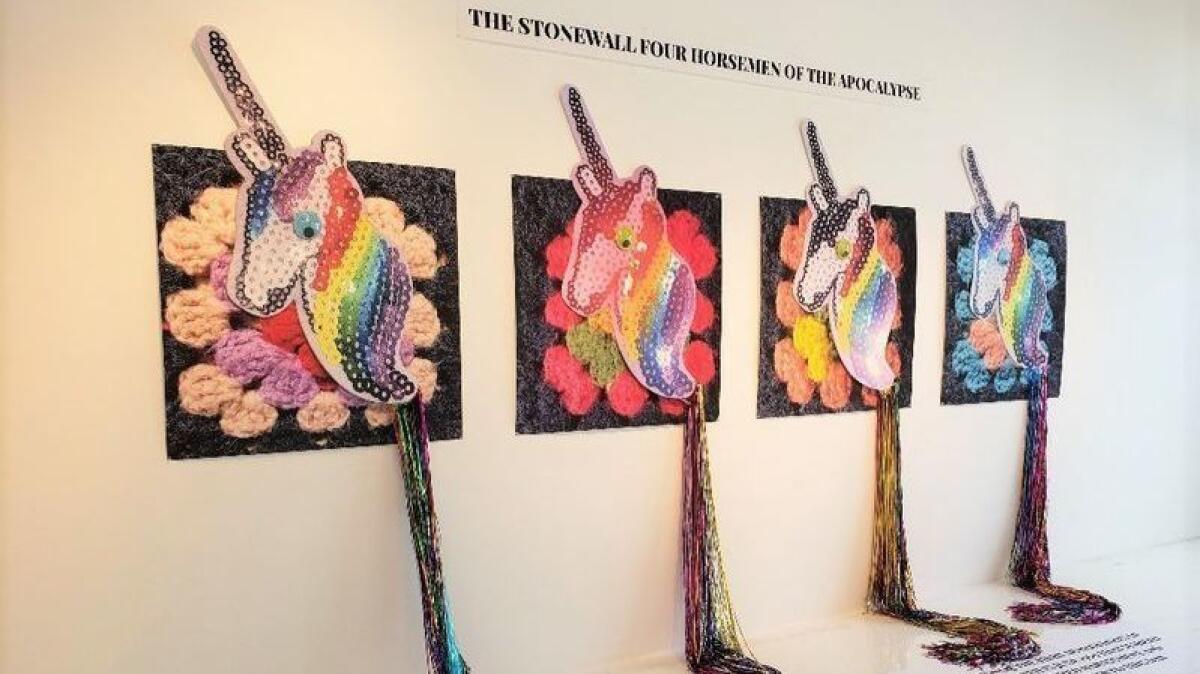
The Mueller’s Tale
Because too much Mueller report is never enough, the investigation into possible collusion by the Trump campaign has been turned into a play by Pulitzer Prize-winning playwright Robert Schenkkan. “The Investigation” was staged for a single night in New York, and John Lithgow as Trump, writes Tracy Brown, earned “plenty of laughs.”
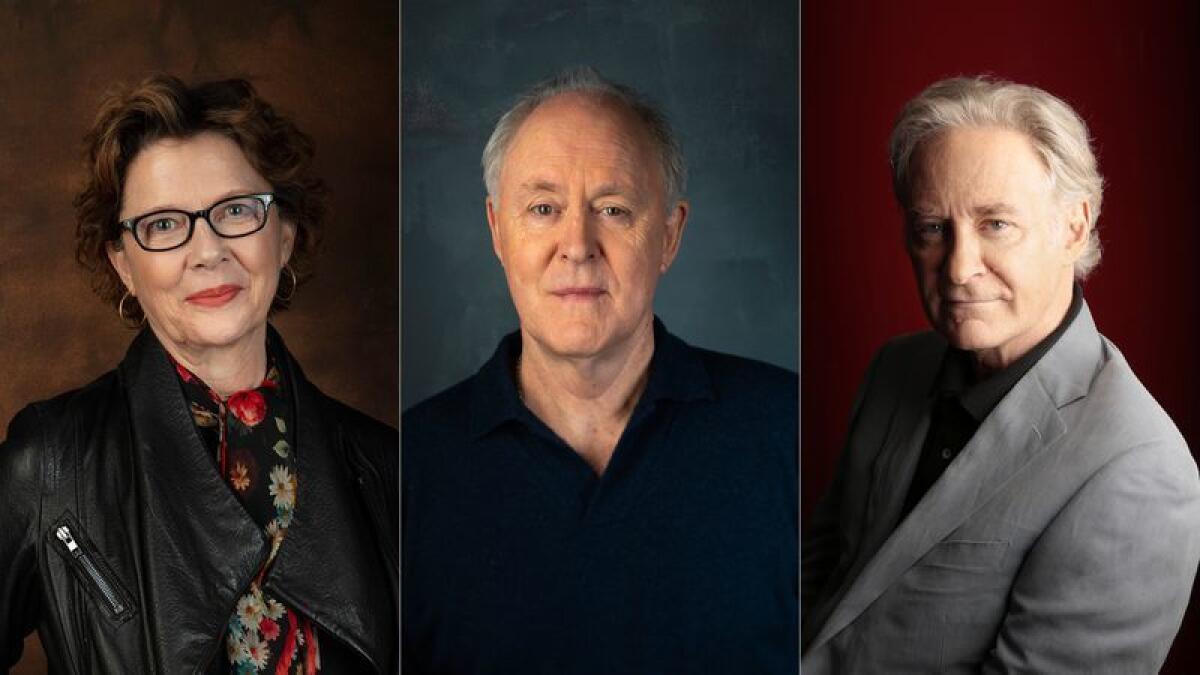
Sorta related: the Mueller Report is going to be released as a graphic novel by a San Diego publisher.
On the stage
Rob Morrow, the actor known for his roles in televisions shows such as “Northern Exposure” and “American Crime Story: The People v. O.J. Simpson,” is now tackling Arthur Miller’s defeated salesman, Willy Loman, in a new production of “Death of a Salesman” at the Ruskin Group Theatre. “My dad was a salesman,” he tells The Times’ Daryl H. Miller. “I used to go on rounds with him. I know the whole game.”
A real trip
In 1943, Swiss chemist Albert Hofmann took 250 micrograms of LSD, then rode his bicycle home. Graphic novelist Brian Blomerth takes this happening — the first purposeful ingestion of the hallucinatory drug — and turns it into an equally hallucinatory graphic novel.
Suburban radicals
Suburbs are often regarded as places of suffocating sameness. In her new book, “Radical Suburbs: Experimental Living on the Fringes of the American City,” urbanism writer Amanda Kolson Hurley offers some counter-narratives, including an anarchist suburb in New Jersey, and another that was partly designed by women in Massachusetts. “Hopefully the book will spark some more conversations about that,” she tells me, “the realization that there are different models available within the history of the suburbs themselves.”
Essential image
A bright, membranous pavilion by the Spanish architectural firm Selgascano has materialized at the La Brea Tar Pits. It is a version of a piece previously installed at the Serpentine Gallery in London — and in addition to being totes psychedelic, it is, writes contributor Mimi Zeiger, going to be a serious “selfie magnet.”
Having attended the press preview on a sunny morning, I can also report that, come August, it’s prolly gonna be a selfie oven.
Preserving Nakagin
While I was in Tokyo, I visited the Nakagin Capsule Tower, the legendary Metabolist building from 1972 designed by Kisho Kurokawa (1934-2007), that is made up of stacks of tiny capsule apartments. Once intended as a vision of the future — the flexible design theoretically allowed for capsules that could be replaced — the building has since fallen into disrepair.

Publicist Tatsuyuki Maeda, however, has been buying up capsules and renovating them (he now owns 15) and is hoping to find a way to save one of the most important works of Japanese Modernism. That may come courtesy of foreign travelers. Many of the capsules are available for rent on a short-term basis. But without a conservation analysis, it’s unclear whether that revenue can begin to cover all the restoration work that is needed.

Your support helps us deliver the news on the culture stories that matter most. Subscribe to the Los Angeles Times.
Ready for the Weekend
Margaret Gray has everything doing in L.A.’s small theaters, including a performance of “Twelfth Night” in Griffith Park.
The ever reliable Matt Cooper has his weekend picks, and it includes a little Beethoven and Beatles from the California Philharmonic.
And my Datebook has all the latest artsies, including treasures from an influential Roman archaeological site at the Getty Villa.
In other news…
— A high school in San Francisco will paint over a WPA mural that shows images of slaves and a dead Native American man.
— Powerful board chair Dede Wilsey has left the Fine Arts Museums of San Francisco. Charles Desmarais has a look at what’s next.
— William Poundstone says the Getty’s new Quentin Metsys painting of Christ as the Man of Sorrows is way better than the disappearing $450 million “Salvator Mundi.”
— Not so fast: that recently discovered audio of Frida Kahlo? It may have been someone else.
— Time Sensitive has a podcast interview with artist Teresita Fernandez that is blazingly good.
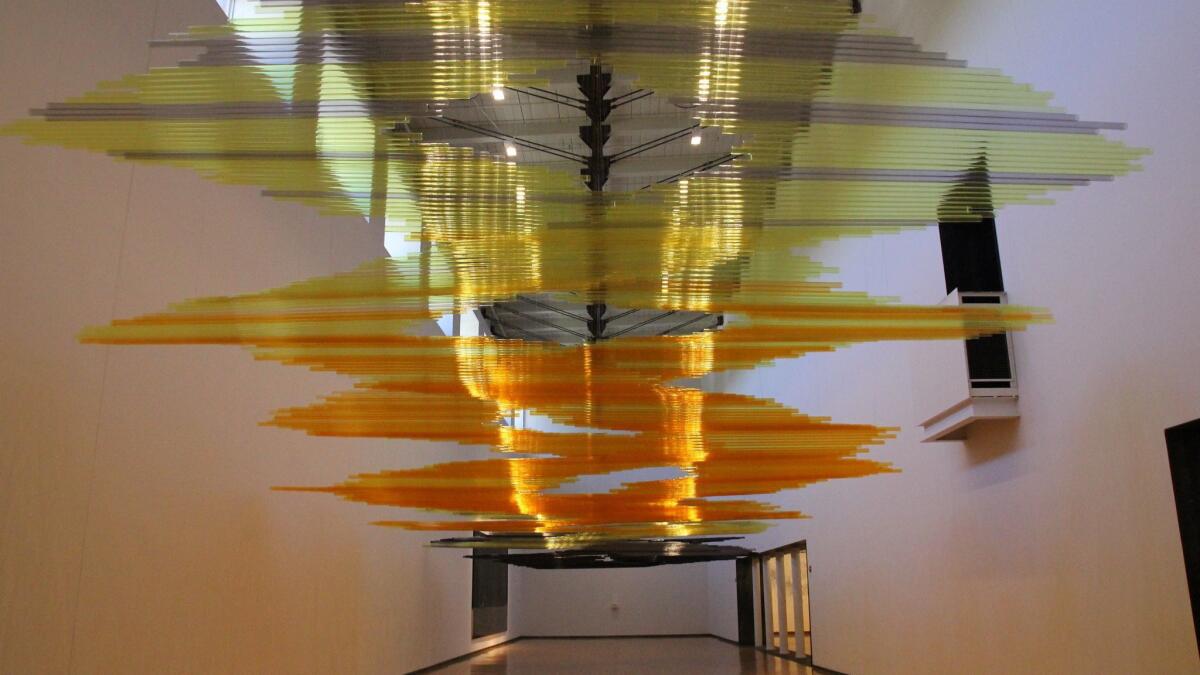
— L.A.’s “Kook” signs explained
— The next Current:LA public art triennial will be about food.
— Plus, the Getty is launching a new Pacific Standard Time series for 2024 and it’s all about art and science.
— Marvel Entertainment is releasing a line of plays for high schoolers.
— The Baltimore Symphony Orchestra has been locked in a bitter labor dispute.
— The Long Beach native who founded Cambodia’s first LGBTQ dance company.
— Essential viewing: Artbound looks at how Japanese Americans shaped design and how internment during World War II shaped their worldview.
— The Times’ Food section is debuting a newsletter called “Tasting Notes,” and I highly recommend it because critics Bill Addison and Patricia Escárcega are mad geniuses and ’cuz the Food folks lets me into their pen to talk about urgent things like McDonald’s fries and Peruvian hot sauce. Sign up for it here.
And last but not least…
Speaking of Mickey D: The places in the U.S. that are farthest from McDonald’s, a photographic portfolio by Mark Kauzlarich.
carolina.miranda@latimes.com | Twitter: @cmonstah
More to Read
The biggest entertainment stories
Get our big stories about Hollywood, film, television, music, arts, culture and more right in your inbox as soon as they publish.
You may occasionally receive promotional content from the Los Angeles Times.

